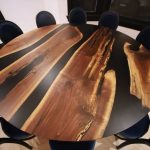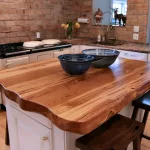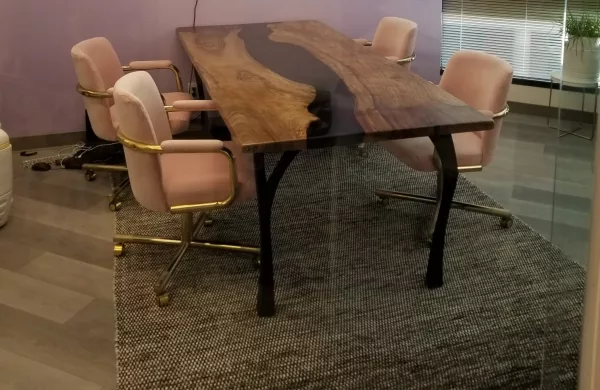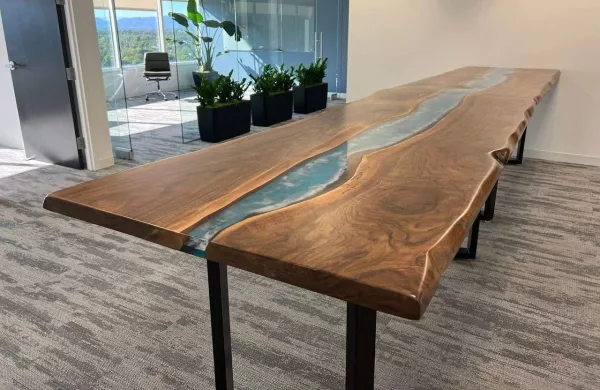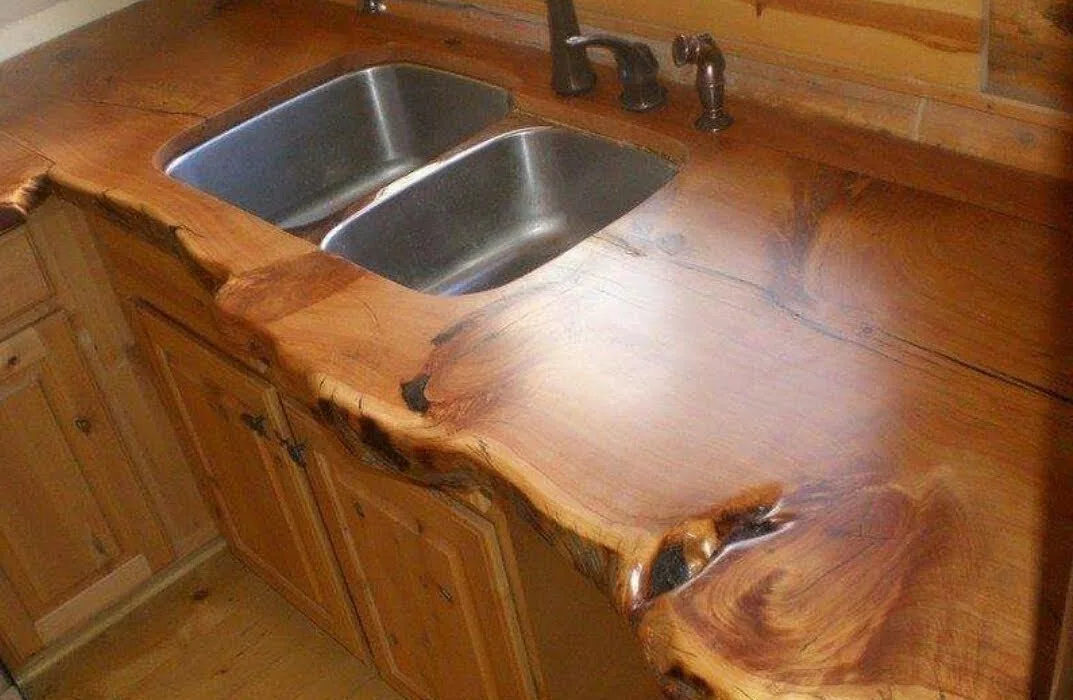
A wood kitchen table is not just a piece of furniture; it’s the heart of your home, witnessing family meals, game nights, and countless memories. However, with the daily onslaught of spills, crumbs, and sticky fingers, your cherished table deserves a little extra care. Learn how to clean and maintain it with simple yet effective methods.
The Cleaning Process
Prepare Your Buckets
Fill two buckets with hot water. Add a cup of vinegar and a few drops of dish soap in one. Mix the solution thoroughly. This vinegar-infused soap mixture not only cleans but also disinfects.
Initial Wipe Down
Before deep cleaning, give the table a quick wipe-down to remove surface grime.
Clean Crevices
Use a dry brush, like an old toothbrush or a cleaning scrub brush, to delve into the table’s cracks and crevices.
Scrape Sticky Residue
Employ a dish scraper to remove any stubborn, sticky residue.
Vacuum if Necessary
If the crevices reveal an abundance of crumbs, consider using a vacuum to ensure thorough cleaning.
Spray and Wipe
Spritz the cleaning mixture generously on the table’s surface. Let it sit for a minute to loosen the grime. Gently run the scraper over the top, then wipe the table down with a cleaning cloth rinsed in the second bucket.
Thorough Wiping
Continue cleaning the table’s legs and sides, taking note of any elaborate carvings or motifs. As needed, rinse your cloth in the rinse bucket.
Final Rinse
After emptying both buckets, fill one again with hot water. To get rid of any last traces of soap or dirt, give the table another wipe-down with hot water.
Dry the Table
Use a clean, dry cloth to thoroughly dry the table. Alternatively, let it air dry.
Re-Oiling Your Wood Table
If your table has a stained finish, consider this extra step to maintain its sheen.
- Apply Oil: Use a clean cloth to apply Tung oil or Danish oil in the direction of the wood grain. Let it sit for 10-15 minutes.
- Wipe Excess: After the oil has penetrated, wipe off any excess with a second clean cloth.
- Repeat if Necessary: If you plan on applying multiple coats, let the oil penetrate for 5 to 6 hours between coats.
Dealing with Scratches
Wood tables may accumulate scratches over time. Here are some creative ways to address them:
- Brown Crayon: For light scratches, try coloring over them with a brown crayon. Remove excess wax with a damp cloth.
- Black Crayon (for Dark Tables): For darker tables, use a black crayon cautiously, as it can create a burn mark appearance.
- Marker: A marker that matches your table’s color can be effective, blending into the wood and making scratches less noticeable.
Natural Wood Cleaner for Regular Use
For daily upkeep, you can create a natural wood cleaner using the following ingredients:
- 1 1/2 cups water
- Two tablespoons of olive oil
- 1/2 tablespoon Castile soap
Mix these ingredients and use a reusable spray bottle for application. This natural cleaner is safe for regular use, leaving no abrasive residues on your table.




